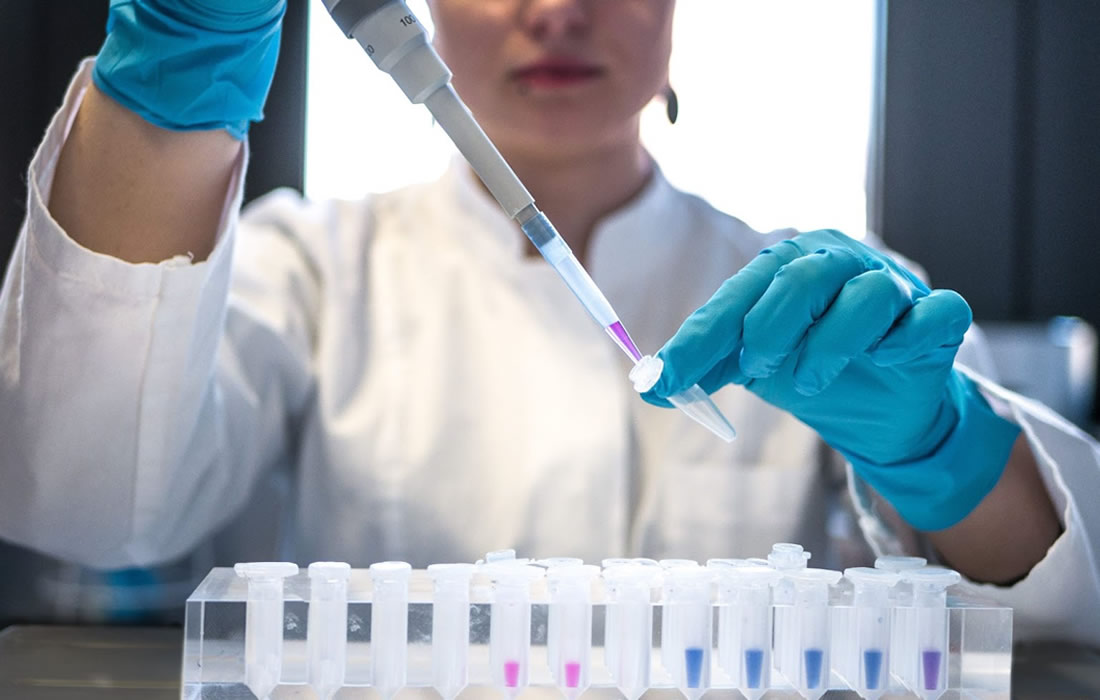Stem Cell Therapy for Specific Conditions
Umbilical Blood Stem Cell Transplant Puts Woman in HIV Remission
A transplant of stem cells from the umbilical cord has resulted in a mixed-race woman going into remission for HIV for the first time.
The woman, known as the New York patient, has been clear of detectable HIV since 2017, after she received stem cells that had been harvested from umbilical cord blood to treat her leukaemia.
Several people have previously gone into remission from HIV after receiving stem cells from adult donors who carry two copies of a naturally occurring mutation of the CCR5 gene. This delta 32 mutation prevents the virus from entering and infecting healthy cells, says Kwan from New Scientist Magazine.
To overcome the lack of suitable adult donors, doctors carried out a study where they infused umbilical cord blood into the New York patient, who identifies as mixed race.
She also received stem cells from a relative. Umbilical cord blood can contain fewer stem cells than adult blood so mixing it with stem cells from a relative gives the cord blood a “kick start”, Yvonne Bryson at the University of California.
Most people with HIV can lower the amount of the virus in their blood to undetectable levels by taking antiretroviral drugs, which stop the virus from replicating in their body.
Stem cell transplant would therefore only be considered for people with HIV who also have advanced blood cancer, which can be treated with the procedure.
The transplant involves using chemotherapy, and sometimes radiation, to kill a person’s red blood cells, before infusing the individual with a donor’s stem cells. The recipient is given immunosuppressive drugs to reduce the risk of their immune system rejecting the transplant, which makes infection more likely.
The recipient’s body can also reject the transplant in a complication known as graft versus host disease (GvHD), when immune cells among the donated stem cells attack the recipient’s own cells.
The New York patient, however, experienced only mild GvHD symptoms, such as gastrointestinal discomfort, while still going into remission for HIV, he says. The other patients had more severe complications, such as hearing loss and extreme weight loss, says Kwan.
According to Hsu, the New York patient’s milder symptoms were probably due to the use of umbilical cord blood. This blood has not been exposed to many toxins or infections, she says. Its T-cells, a type of immune cell involved in GvHD, are therefore less reactive to cells that may not be a perfect match, she says.
The New York patient no longer requires antiretroviral drugs and is also in remission for her leukaemia.
Sources:
Hsu, J., Van Besien, K., Glesby, M. J., Pahwa, S., Coletti, A., Warshaw, M. G., Petz, L., Moore, T. B., Chen, Y. H., Pallikkuth, S., Dhummakupt, A., Cortado, R., Golner, A., Bone, F., Baldo, M., Riches, M., Mellors, J. W., Tobin, N. H., Browning, R., . . . Yin, D. (2023). HIV-1 remission and possible cure in a woman after haplo-cord blood transplant. Cell, 186(6), 1115-1126.e8. https://doi.org/10.1016/j.cell.2023.02.030
Kwan, J. (2023, March 23). Umbilical blood stem cell transplant puts woman in HIV remission. New Scientist. https://www.newscientist.com/article/2364804-umbilical-blood-stem-cell-transplant-puts-woman-in-hiv-remission/
Images from:
Photo by Julia Koblitz
https://unsplash.com/photos/RlOAwXt2fEA

